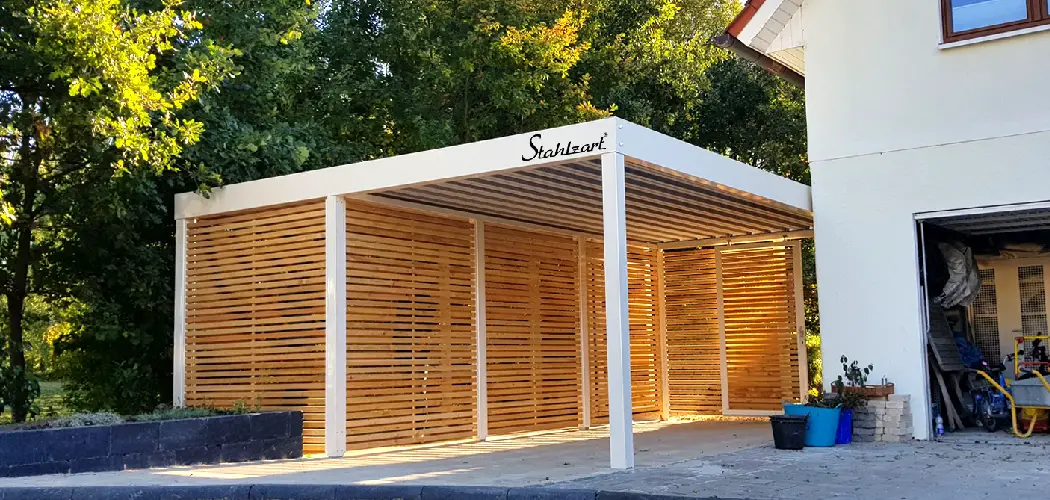Are you in the market for a stylish carport that gives your vehicle protected from the elements? If so, consider building a Lean to Carport. This type of open-sided structure is one of the most cost-efficient and simple carports you can build. Not only does it provide basic protection from heat, snow, rain, or hail, but it also adds value to any property.
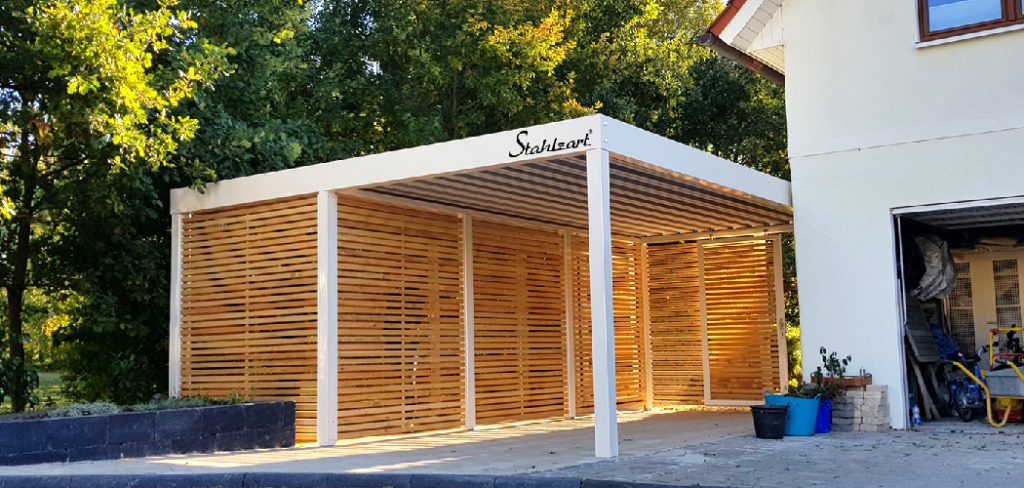
In this blog post, we’ll explain how to build a lean to carport step-by-step, including what materials are needed and tips on making sure everything is securely installed. With careful attention during installation, your new Lean To Carport will be ready for use in no time!
Can You Add a Lean-to to a Carport?
Yes, it is possible to add a lean-to to a carport. A lean-to can provide additional coverage and space for things like extra storage or a workspace. The best way to go about adding a lean-to to an existing carport is by extending off one side of the existing structure. This will ensure that it is securely attached and supported.
When constructing a lean-to onto an existing carport, be sure to use similar materials and follow similar construction techniques as those used in building the original structure. It’s important to consider factors such as snow load and wind resistance when making decisions on the size and design of your new addition. You’ll also need to take into account any zoning regulations regarding structures on your property.
When connecting the lean-to to the existing carport, secure it with brackets and lag screws or metal strapping so that it is firmly attached while still allowing for easy removal if desired in the future. Make sure that your new addition is well-supported by adding additional posts and braces as needed.
You’ll also want to ensure that any necessary rafters are securely fastened in place before attaching any roofing material. Finally, make sure that you use quality materials such as treated lumber, galvanized nails, and metal flashing to prevent premature deterioration of your new structure over time.
9 Methods How to Build a Lean to Carport
1. Choose the Right Location
The first step in building a lean carport is to choose the right location. You’ll want to pick a spot that is level and has good drainage. Additionally, you’ll want to make sure that the location you choose is large enough to accommodate the size of the carport you plan to build.
If you plan to build a large carport, it’s important to make sure the ground is flat enough for the structure. Finally, be aware of any local zoning laws that may govern where you are allowed to build a carport. To make sure you’re in compliance, it’s best to check with your local zoning board before beginning construction.
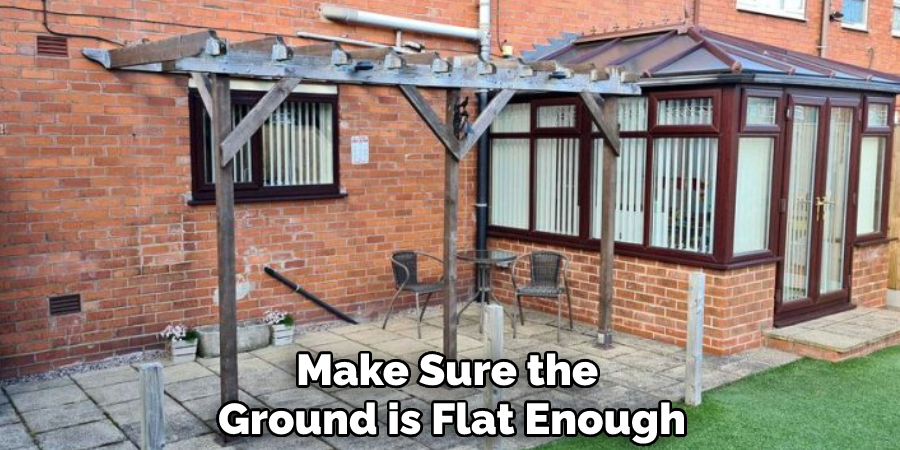
2. Decide on the Size
Once you’ve chosen the perfect location for your lean carport, it’s time to decide on the size. The size of your carport will be determined by the size of your vehicle and the amount of space you have available.
If you’re unsure of what size carport you need, it’s a good idea to consult with a professional before getting started. Though a small carport may be adequate for your needs, it’s important to take into consideration the elements that could affect the longevity of your carport.
For instance, if you live in an area prone to strong winds, having a larger carport with sturdier posts and more roofing material could help protect your vehicle from damage. Doing a bit of research on local weather patterns could also be beneficial when determining the size of your carport.
3. Choose the Right Materials
Another important consideration when building a lean carport is choosing the right materials. You’ll want to select materials that are durable and can withstand the elements. Some common materials used for carports include metal, wood, and plastic.
Metal carports are one of the most popular options, as they offer a strong and durable frame. Additionally, metal is versatile and can be painted if desired. Wood is also a popular option for carports, as it can last for many years. The downside to wood is that it requires more maintenance and can rot or warp over time.
4. Assemble the Frame
After you’ve selected the perfect location and gathered all of your materials, it’s time to start assembling the frame of your lean to the carport. This is typically done by attaching beams or posts to concrete footings that have been poured into holes that have been dug in advance.
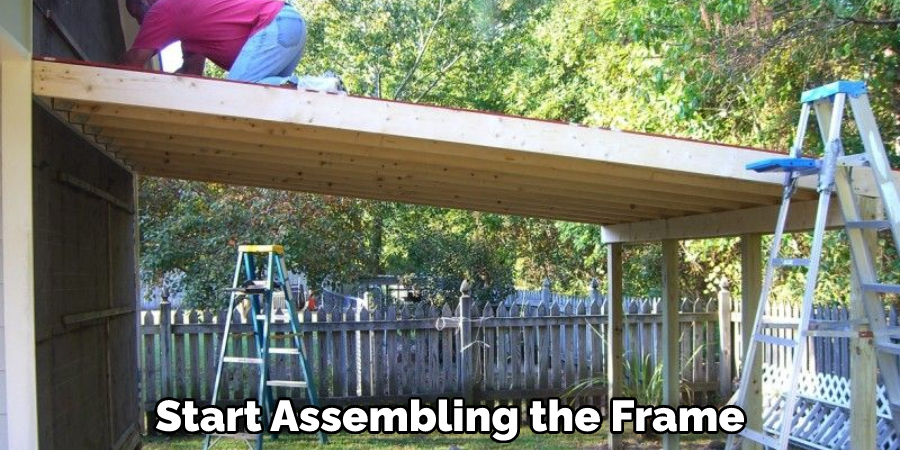
Once the frame is complete, you can begin adding the roofing material. If you are opting to use metal sheets or shingles, then it’s important to attach them properly in order to ensure that the structure is secure and safe.
Be sure to follow the manufacturer’s instructions for the installation and use of all materials. However, if you are using a pre-fabricated kit, then most of the steps to assemble the carport should be included in the instructions.
5. Add the Roofing Material
One of the most important steps in building a lean carport is adding the roofing material. This will help protect your vehicle from the elements and keep it looking its best for years to come.
When selecting a roofing material, it’s important to choose one that is durable and can withstand high winds and heavy snowfall.
Some common roofing materials used for carports include asphalt shingles, metal panels, and corrugated plastic sheets. Depending on your budget and preferences, you can choose one of these materials or a combination of them.
6. Install the Doors and Windows
Once the roofing material has been added, it’s time to install doors and windows if desired. This will provide ventilation for your carport and allow you to access your vehicle without having to remove any snow or ice that may have accumulated on top. When installing doors and windows, it’s important to use weather-resistant materials such as aluminum or vinyl.
7. Add Trim and Finishes
After all of the major components of your lean-to-carport have been installed, it’s time to add trim and finishes if desired. This includes things like gutters, downspouts, soffits, and fascia boards. Adding these finishing touches will help give your carport a polished look and help protect it from further damage caused by weather or insects. You can also choose to paint the carport in colors that best suit your home or add decorative features like lighting fixtures and awnings.
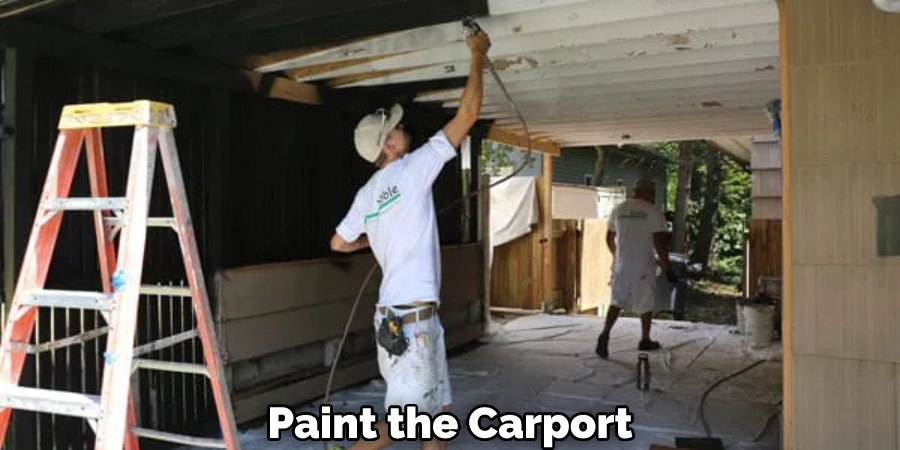
8. Complete Any Necessary Inspections
Finally, before you can use your carport, it’s important to complete any necessary inspections. Depending on your location, you may need to get a permit or have an inspection from the local authority.
The requirements vary from place to place, so it’s important to check your local laws and regulations before beginning construction. If necessary, contact your local building inspector for guidance on what types of permissions are needed. Once you have the clearance from any necessary authorities, you can begin using your new carport.
9. Enjoy Your New Carport!
Once any necessary inspections have been completed and the carport is officially approved, it’s time to enjoy your new addition to the property. Lean carports are highly versatile, making them an excellent choice for all kinds of needs — from boat and RV storage to a dependable outdoor living area.
No matter how you choose to use it, your lean carport can provide plenty of shade and shelter for years to come. Just remember that regular maintenance is necessary to keep your carport looking great and performing well.
Things to Consider When Building a Lean to Carport
1. Location:
Make sure you choose a spot that is flat, level, and is in an area with adequate drainage. Additionally, make sure the area you choose is free of any nearby trees or power lines that could interfere with your carport.
2. Size:
Measure the dimensions of your vehicle or vehicles, and use this as a guide to determine how big of a carport you need. You will want at least a foot or two extra on either side and in the back to give you room to move around.
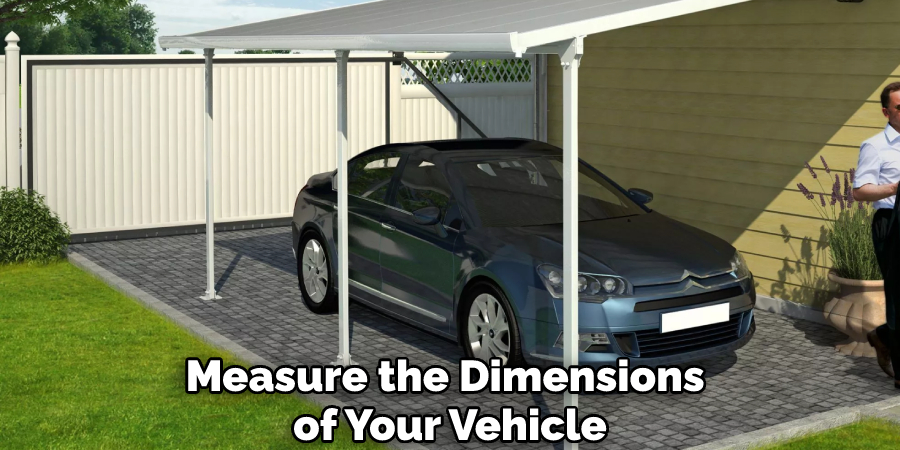
3. Material:
The material you choose for the frame and roof should depend on the climate in your area, as well as your budget. Steel or aluminum frames are strong and durable but can be costly. Wood frames are cheaper but may require more maintenance over time due to exposure to the elements.
Conclusion
Building a lean to carport is an ambitious but rewarding endeavor. With the right tools and materials, even a beginner can complete their project in as little as one day. The addition of extra bracing or even the use of a polycarbonate roof panel can give your structure that added bit of protection from all those harsh elements.
Most importantly, you will be able to enjoy your carport knowing that you didn’t just buy it; you created it with your own time and energy. Thanks for reading, and we hope this has given you some inspiration on how to build a lean to carport!

